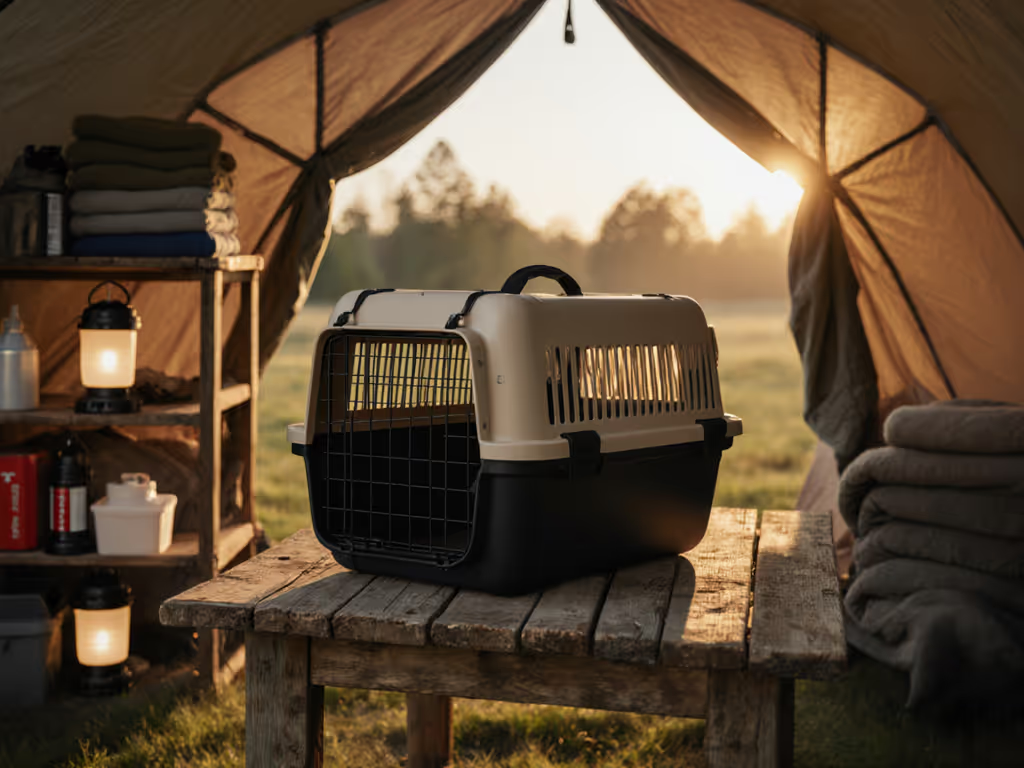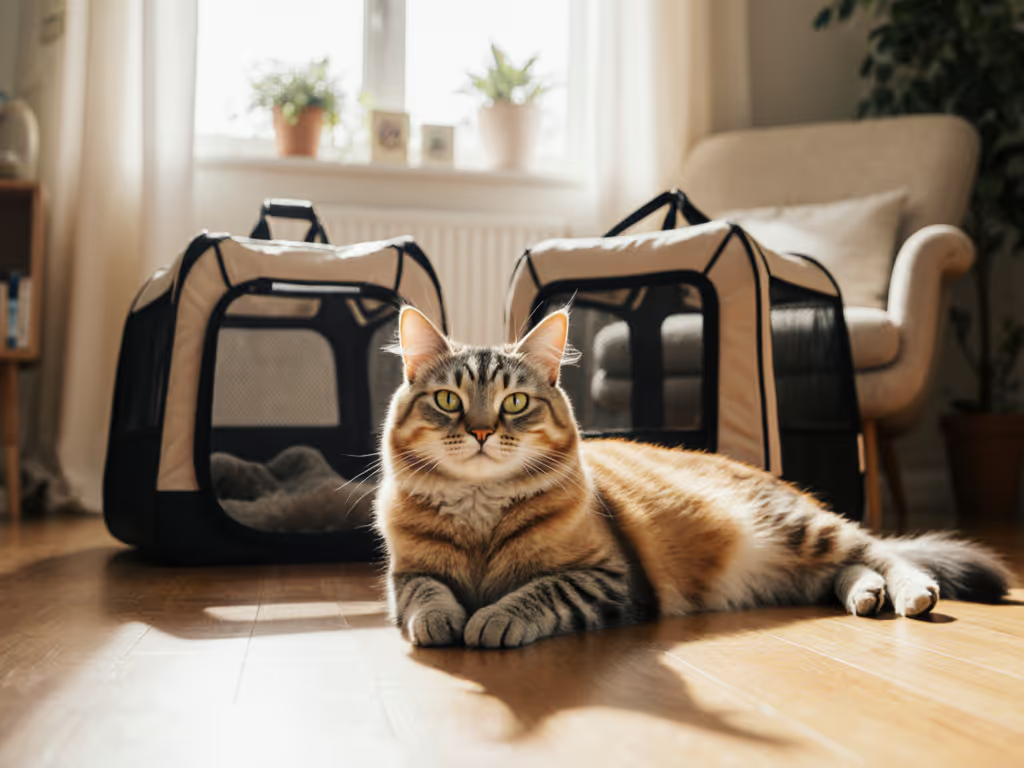
Pet Stroller vs Carrier: Choose Your Mobility Aid Guide
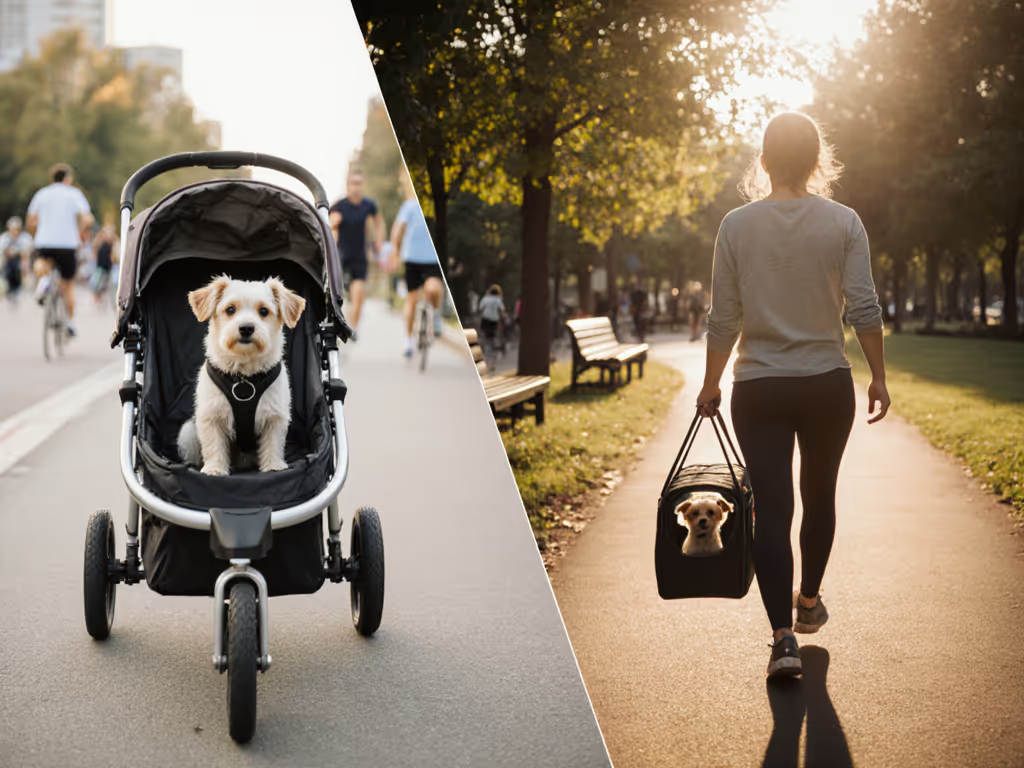
As I boarded a flight at Charles de Gaulle last winter, I watched sleek work bags sail past security while bright pet totes drew repeated glances from agents. My carrier matched my wool coat and disappeared visually, yet met every airline height and ventilation rule, a quiet function that cleared us through without a second look. This moment crystallizes why pet carrier and stroller decisions demand more than whimsy: they require pet mobility aid comparison grounded in dimensional reality and daily friction points. For urban pet parents navigating airline gates, vet clinics, and cobblestone streets, the wrong choice invites scrutiny while the right one delivers seamlessly. Let's dissect where each shines, without fluff, forced trends, or rules compromises.
Blend in visually, stand out in quiet function.
When Does a Stroller Outperform a Carrier? (And Vice Versa)
Q: I have an elderly dog who tires after 10 minutes of walking. Is a stroller or carrier better for daily errands? Strollers dominate for extended mobility with elderly pet transport. Their wheeled design eliminates the 8-12 lb weight limit of most carriers, critical when your pet can't compress into airline dimensions. A survey by the American Pet Products Association confirms 35% of stroller owners cite stamina limitations as their primary driver. But here's the nuance: strollers require smooth, asphalted paths. Cobblestones, sandy trails, or subway stairs turn them into unwieldy anchors. Meanwhile, a rigid-sided carrier (like a Journey® by Sleepypod) transitions flawlessly from car seat to airport gate to cafe under your table, elevate, don't flaunt by choosing a model that reads as minimalist luggage, not pet gear.
Q: What about disabled pets needing medical equipment during transit? For disabled pet travel options, strollers offer superior adaptability. Models like the Wonderfold P2 integrate seamlessly with pet wheelchairs, its removable carrier detaches from the stroller frame, letting you carry your pet hands-free from vehicle to vet exam room. Crucially, this dual-mode system avoids the "compromise cascade" of single-purpose gear: no swapping carriers mid-trip, no collapsing a stroller just to fit through narrow clinic doors. However, if air travel is in your future, verify that the carrier component meets underseat dimensions (typically 18" x 11" x 7"). Many stroller carriers exceed this, risking gate denial.
Rule-Checked Dimensions: Beyond Manufacturer Claims
Q: Why do airlines reject carriers that fit "on paper"? Manufacturer dimensions lie. They quote external measurements while airlines enforce internal space, often 1-2" smaller due to rigid frames or padding. Worse, many "airline-approved" carriers omit critical details: whether the base compresses under seat weight, or if the shoulder strap bumps the height limit.
Rule-checked reality: Measure your pet's upright height (nose to tail base when seated), not just weight. A 12 lb dachshund might need 14" height, exceeding soft-sided carrier limits. Always test with your actual airline's seat mockup (Delta's is online; United's varies by aircraft). For exact airline size rules and documentation requirements, see our airline-approved carrier guide. Never trust "fits most airlines" claims; I've seen agents confiscate carriers for 0.5" overages during peak travel.
Q: How do strollers navigate rideshare/public transit rules? Strollers excel here, they're rarely scrutinized as "pet containers" since they resemble human luggage. But confirm local policies: Uber prohibits loose pets, yet most drivers accept strollers as "folded equipment." Contrast this with carriers, where drivers often demand full enclosure (no mesh panels). For multi-modal days, choose strollers with true one-step folding, if it takes more than 10 seconds to collapse, you'll abandon it for stairs or crowded trains.
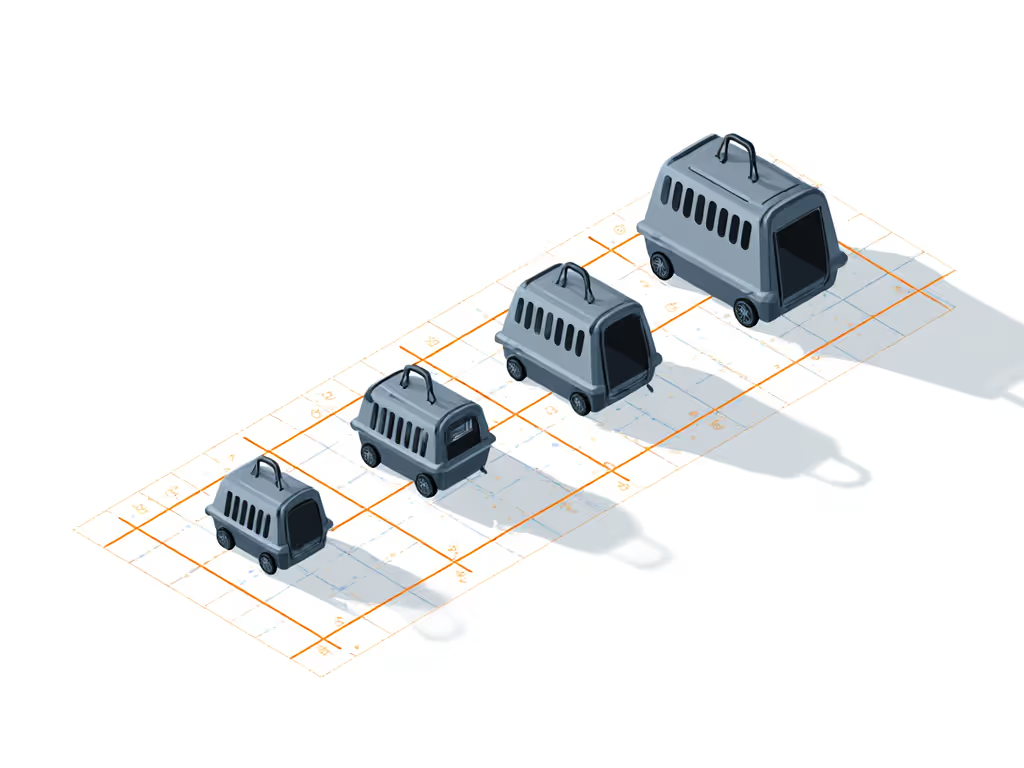
Ergonomics: The Human Factor Often Overlooked
Q: My back hurts carrying carriers, will a stroller fix this? Not universally. Strollers reduce lifting strain but increase pushing resistance on inclines. A 15 lb dog in a 10 lb stroller requires 25+ lbs of force on a 5 degree slope, exacerbating wrist or shoulder issues. Carriers shift weight distribution: backpacks ease lumbar load but strain necks during long walks; wheeled carriers (like Sherpa's Tropic) glide like luggage but wobble on uneven pavement.
Prioritize capsule-wardrobe logic for your gear: Does it integrate with your existing mobility ecosystem? A stroller with a trolley sleeve (e.g., Pet Gear) slides onto your suitcase handle, critical for navigating terminals. Carriers with detachable straps let you switch from backpack to shoulder carry mid-journey. Never compromise on your comfort; a strained human creates a stressed pet.
Q: How do I avoid bulky storage at home? Demand dual-purpose design. The best strollers (e.g., Koowheel) fold flatter than a laptop bag, 2.5" thick when collapsed. Carriers should double as home dens; a neutral-hued model with removable beds (like Beco's Bella) stays visible in your living space without screaming "pet junk." This visual minimalism vocabulary isn't about aesthetics, it's reducing guilt-induced clutter. If it doesn't earn its spot in your apartment, it won't earn its spot on your travels.
Pet Comfort Metrics That Matter
Q: My anxious cat vomits in carriers. Can strollers help? Strollers often worsen motion sickness. The elevated, exposed position increases vestibular stress versus a carrier's enclosed darkness. For vulnerable pets, choose carriers with gradual acclimation pathways: top-access openings (easier for hesitant pets to enter), removable privacy flaps, and anti-slip bases. Crucially, verify ventilation coverage, 50% mesh is minimum; shy pets need 70%+ for air quality without exposure. Never trade airflow for looks; overheating causes more in-transit emergencies than airline denials.
Q: Aren't strollers better for escape artists? Counterintuitively, no. Strollers have 3-4 access points (zippers, roof panels, rear doors), multiplying failure points. Carriers with double-zipper locks (as seen in ISUPPETS models) and bite-proof mesh (tested to 40 lbs force) outperform strollers for Houdini pets. If your pet's a chewer, skip stroller fabric entirely, opt for hard-sided carriers where hardware is the only chew target.
The Final Verdict: Matching Your Lifestyle
Your choice hinges on where friction lives in your current routine. If you face:
- Air travel >1x/year: Prioritize carriers meeting exact airline specs. Strollers add dead weight in cabins.
- Daily walks >1 mile: Strollers win for elderly/disabled pets, but verify wheel durability (pneumatic > EVA foam).
- Multi-pet households: Strollers transport one pet while carriers walk another; never stack pets vertically.
- Transit-heavy cities: Wheeled carriers beat both, strollers get snagged on subway gates, carriers tire arms on long walks.
Good design doesn't shout, it solves invisibly. The right pet carrier and stroller solution will feel like an extension of your existing rhythm: no extra steps, no second glances, no surrendering safety for style. For those needing deeper validation, compare real-world airline measurements against your pet's stance now, not their ideal curled position. Because the goal isn't just compliance; it's moving through the world with your companion as effortlessly as you move alone.
Related Articles

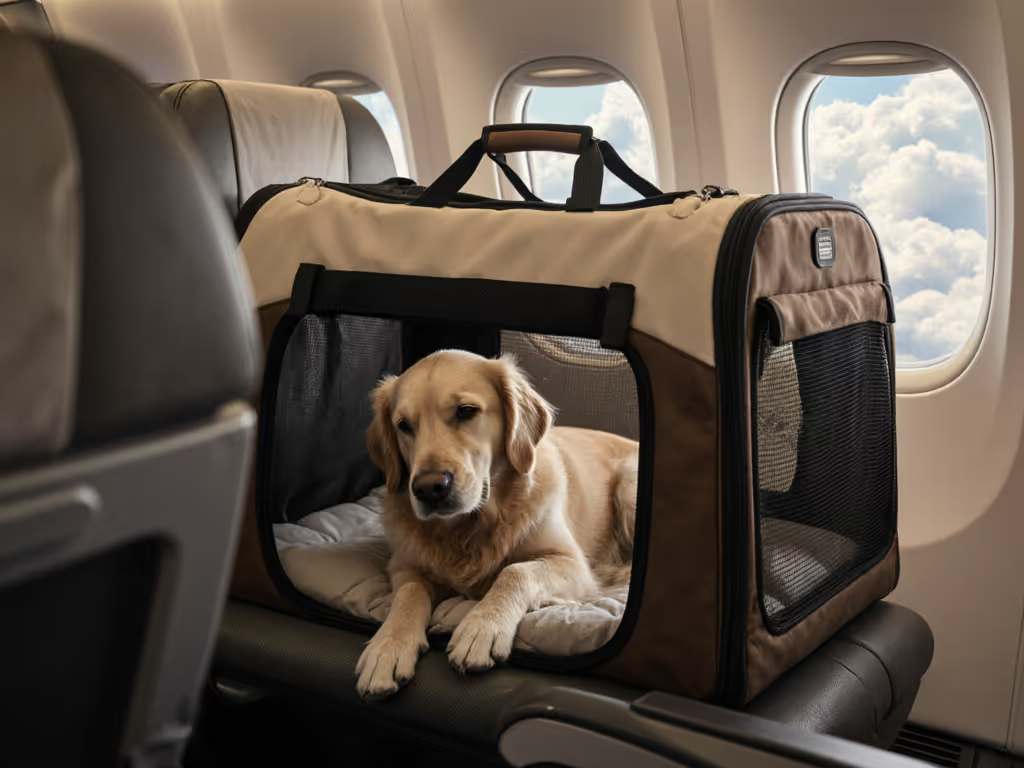
Arthritis-Friendly Pet Carriers: Large Comfort Travel Tested
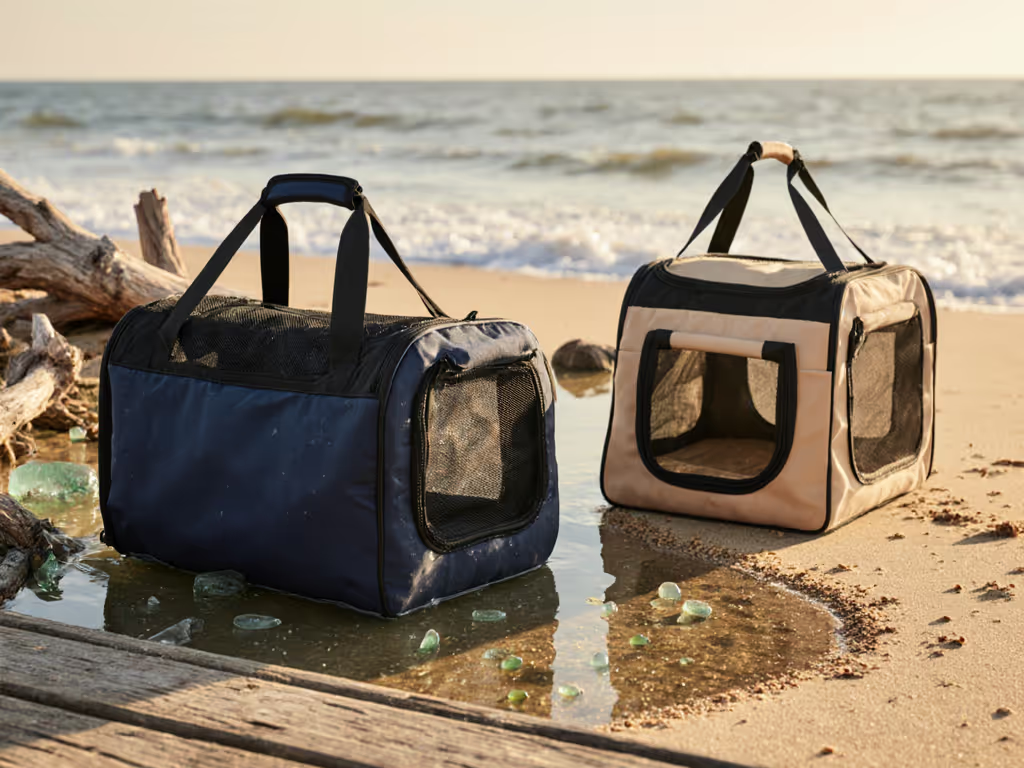
Waterproof vs Sand-Resistant Pet Carriers: Beach Travel Tested
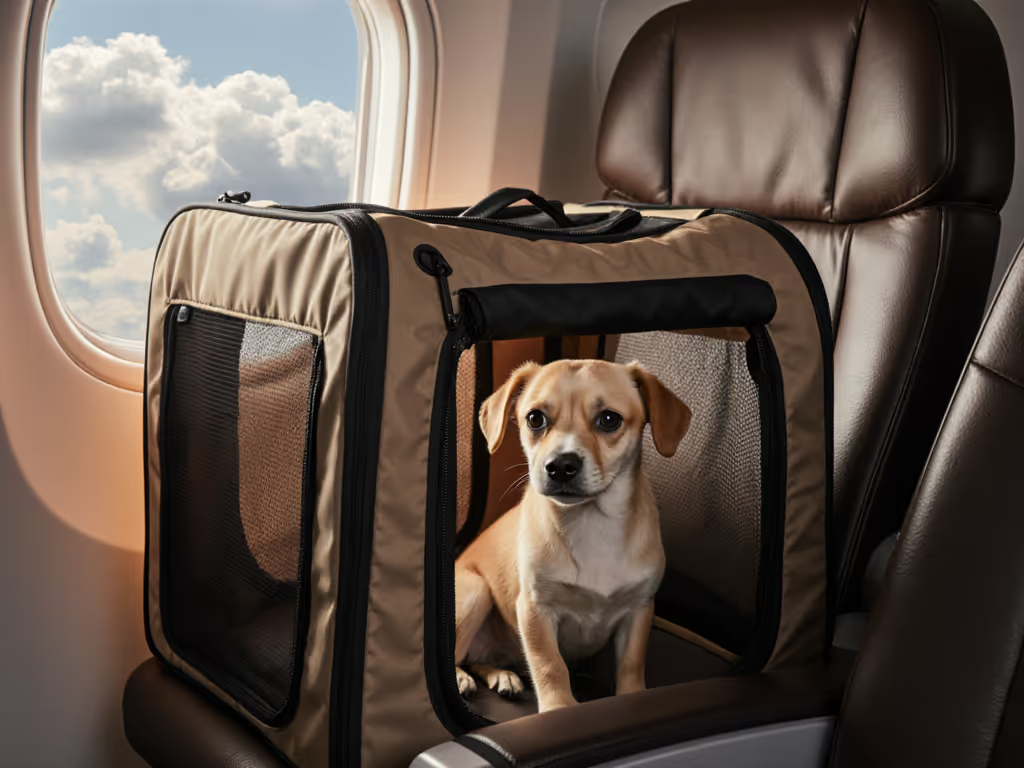
Sensory-Friendly Pet Carrier Guide: Compliant Solutions for Anxious Pets
